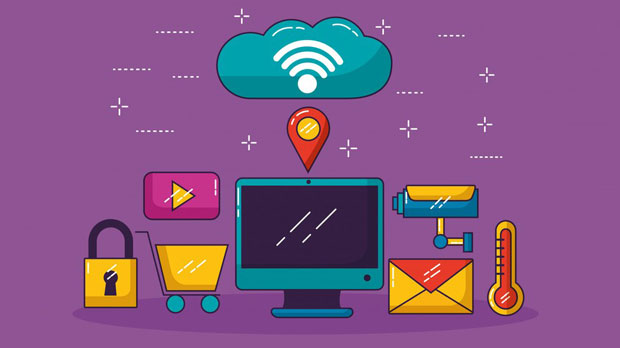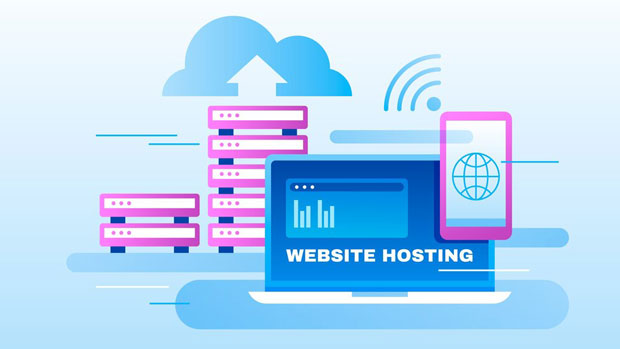When it comes to setting up a browser proxy, two popular solutions often arise: PYPROXY and proxy servers. Both have their distinct features, advantages, and use cases. The decision of which one to choose depends largely on your specific needs, such as the level of control required, ease of use, and the nature of your browsing tasks. In this article, we will explore both Pyproxy and proxy servers in depth, comparing their benefits, limitations, and ideal use cases to help you make an informed decision on which solution is better for setting a browser proxy. Understanding Pyproxy and Proxy ServersBefore delving into a detailed comparison, it’s essential to understand what Pyproxy and proxy servers are and how they function.1. What is Pyproxy? Pyproxy is a lightweight Python-based proxy server designed for quickly setting up a proxy to handle browser requests. It acts as an intermediary between your browser and the internet, helping you manage requests and responses. It is particularly beneficial for developers and those who need a fast, customizable solution to handle their browser's proxy needs.2. What is a Proxy Server? A proxy server is a server that sits between your device and the internet, routing traffic on your behalf. It can serve multiple functions such as masking your IP address, filtering content, or managing traffic for a group of users. Proxy servers can be either hardware or software-based and are often used for large-scale setups or organizations requiring more robust, permanent solutions.Advantages and Disadvantages of PyproxyPyproxy offers several unique benefits that might make it an attractive option for certain users, especially those looking for flexibility and simplicity.1. Advantages of Pyproxy: - Ease of Setup: Pyproxy is easy to set up and use, especially for developers familiar with Python. It can be installed quickly, and configuration requires minimal technical expertise, making it suitable for casual users or those looking for a quick solution. - Customization: Since Pyproxy is Python-based, it provides a higher level of customization. Developers can modify the code to suit specific needs, whether for scraping tasks, bypassing geographical restrictions, or managing specific requests. - Lightweight: Pyproxy is a lightweight option, which means it doesn’t require significant system resources. It is particularly useful when you don’t need a robust, enterprise-level proxy server solution but still need to handle traffic securely.2. Disadvantages of Pyproxy: - Limited Scalability: While Pyproxy works well for individual users or small-scale tasks, it may not scale well for larger projects. It may struggle to handle high volumes of traffic or requests from multiple users simultaneously. - Lack of Advanced Features: Unlike traditional proxy servers, Pyproxy lacks some advanced features like advanced authentication, high-level encryption, or load balancing. Users looking for enterprise-grade security and functionality might find Pyproxy lacking in this regard. - Requires Technical Knowledge: While it is easy to set up, understanding how to fully leverage its capabilities often requires knowledge of Python programming, which could be a barrier for non-technical users.Advantages and Disadvantages of Proxy ServersProxy servers, especially commercial or enterprise-grade options, offer several advantages, particularly for users needing more robust, secure, and scalable proxy solutions.1. Advantages of Proxy Servers: - Scalability and Reliability: Proxy servers are built to handle large volumes of traffic and multiple users simultaneously. This makes them ideal for businesses or individuals who need to scale their proxy usage without worrying about performance degradation. - Advanced Security Features: Proxy servers often come with built-in security features such as encryption, authentication, and data logging. These features can help ensure that your browsing remains secure and that sensitive data is protected from unauthorized access. - Access Control: Proxy servers allow for more sophisticated access control and filtering options. Administrators can set up rules to block certain websites, restrict certain types of content, or apply different settings based on user groups or IP addresses. - Professional Support: Commercial proxy services often come with customer support, which can be valuable when troubleshooting or when managing complex networks.2. Disadvantages of Proxy Servers: - Complex Setup: Setting up a proxy server is more complicated than using Pyproxy. It often requires specialized knowledge and experience, especially if you are managing your own server infrastructure. For non-technical users, this can be a significant hurdle. - Cost: Proxy servers, particularly those offering high-level features and scalability, can be costly. If you are only looking for a basic proxy solution, the price tag may not justify the investment. - Resource Intensive: Running a proxy server can be resource-intensive, requiring hardware or cloud-based solutions to ensure smooth operation. This can add complexity and costs, particularly if you are setting up the server on your own.Use Cases: When to Choose Pyproxy or Proxy ServerChoosing between Pyproxy and a traditional proxy server largely depends on your needs. Below are some common scenarios where one solution might be better suited than the other.1. When to Choose Pyproxy: - Small Scale Tasks: Pyproxy is ideal for small projects, such as web scraping, managing a few browser requests, or testing scripts that require a proxy. If you only need basic functionality and the ability to customize on the fly, Pyproxy can be the best option. - Developer Use: Developers who are already familiar with Python and want to implement a proxy for testing or debugging purposes will find Pyproxy to be an excellent tool due to its customization and flexibility. - Quick Setup: If you need to get a proxy up and running fast without requiring extensive infrastructure, Pyproxy is a lightweight and efficient choice.2. When to Choose Proxy Server: - Large Scale Operations: If you need to handle a large volume of traffic, support multiple users, or manage complex requests, a proxy server is the better choice. Proxy servers are designed to scale and handle high traffic loads with ease. - Enterprise-Grade Security: For those who need advanced security features, including encryption, data logging, and access controls, a proxy server is more equipped to handle these requirements. - Professional Solutions: If you require technical support, stability, and reliability, investing in a dedicated proxy server or service is the best option. Commercial proxy providers often offer support and infrastructure management, ensuring that you can focus on your core tasks.Conclusion: Which One is Right for You?In conclusion, the decision between Pyproxy and a proxy server ultimately depends on the scale, complexity, and specific needs of your project. If you are an individual user or developer looking for a lightweight, customizable proxy solution, Pyproxy is an excellent choice for its simplicity and flexibility. However, if you require scalability, advanced security features, and professional support, a traditional proxy server would be the better option.Understanding the trade-offs between ease of use, features, scalability, and cost is essential in making an informed decision. By evaluating your specific needs and goals, you can select the solution that best fits your browser proxy requirements, ensuring a secure, reliable, and efficient browsing experience.
Aug 07, 2025



































































